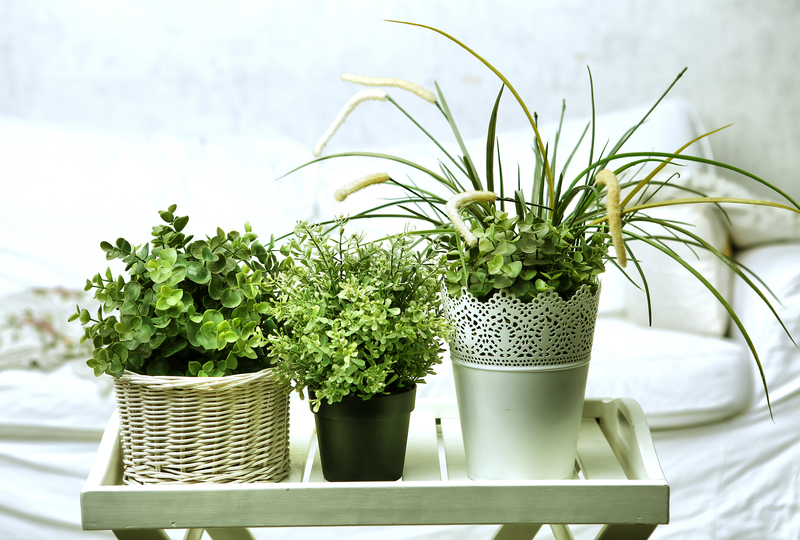Preserve Your Yard's Beauty: Combat the Damage of Lawn Grubs
Posted on 24/04/2024
When it comes to maintaining a beautiful yard, lawn grubs can be a major nuisance. These small, white larvae feed on the roots of grass, causing brown patches and thinning of your lawn. If left unchecked, they can do significant damage to your yard's overall appearance. However, with proper knowledge and techniques, you can combat these pests and preserve your yard's beauty. In this article, we will discuss the importance of protecting your lawn from grubs and provide tips on how to effectively do so.
Understanding Lawn Grubs
Before we dive into ways to combat lawn grubs, it is important to understand what they are and how they can harm your yard. Lawn grubs are the immature form of beetles such as Japanese beetles, chafer beetles, or June bugs. During their larval stage, they feed on grassroots, which can cause extensive damage to your lawn. Signs of lawn grub infestation include brown patches that peel off like a carpet when pulled, irregular patches of yellowing grass, and an increase in birds digging for food in your yard.

Combatting Lawn Grubs
So how do you combat these pesky lawn grubs? There are several methods that you can use to prevent them from damaging your yard's beauty.
1. Regularly Water and Aerate Your Lawn: Proper watering and aeration are key to keeping your lawn healthy and less susceptible to grub infestation. By watering deeply but infrequently, you encourage deep root growth that is more resilient to grub feeding. Aeration also improves drainage and allows water and nutrients to reach the roots more efficiently.
2. Keep Your Lawn Mowed at the Right Height: Keeping your grass at the recommended height for its species helps it stay strong and healthy. Taller grass shades the soil, making it harder for eggs laid by adult beetles to hatch.
3. Use Beneficial Nematodes: These microscopic, worm-like organisms are natural predators of lawn grubs and can be purchased at many garden stores. When applied to your yard, they will actively seek out and feed on lawn grubs, reducing their numbers.
4. Apply Grub Control Products: There are several chemical options available for controlling lawn grubs, such as grub control granules or liquid insecticides. However, it is important to read and follow label instructions carefully to avoid harm to beneficial insects or pollinators.
5. Practice Good Yard Maintenance: Keeping your yard free of debris, such as piles of leaves or thatch buildup, reduces the places where beetles can lay their eggs. Regularly rake and remove any debris from your yard to discourage beetle activity.
Pros and Cons of Combatting Lawn Grubs
As with any pest control method, there are pros and cons to consider when combatting lawn grubs. The biggest benefit is obviously protecting your yard's beauty and preventing costly damage. However, some products or methods may also have negative effects on beneficial insects and pollinators. It is important to weigh the pros and cons before choosing a method that works best for you and the environment.

Takeaways
- Lawn grubs can cause significant damage to your yard by feeding on grassroots.
- Proper watering, mowing, and maintenance can help prevent infestation.
- Beneficial nematodes and grub control products are effective in reducing lawn grub populations.
- Consider the pros and cons of each method before choosing one that suits your needs.
In Conclusion
Lawn grubs may seem like a small problem, but their damage can quickly add up and ruin the overall appearance of your yard. By understanding their behavior and implementing preventive measures, you can effectively combat them and preserve your yard's beauty. Remember to regularly water and aerate your lawn, keep it at the recommended height, and practice good yard maintenance. With these tips, you can say goodbye to lawn grubs and hello to a healthy, beautiful yard.





